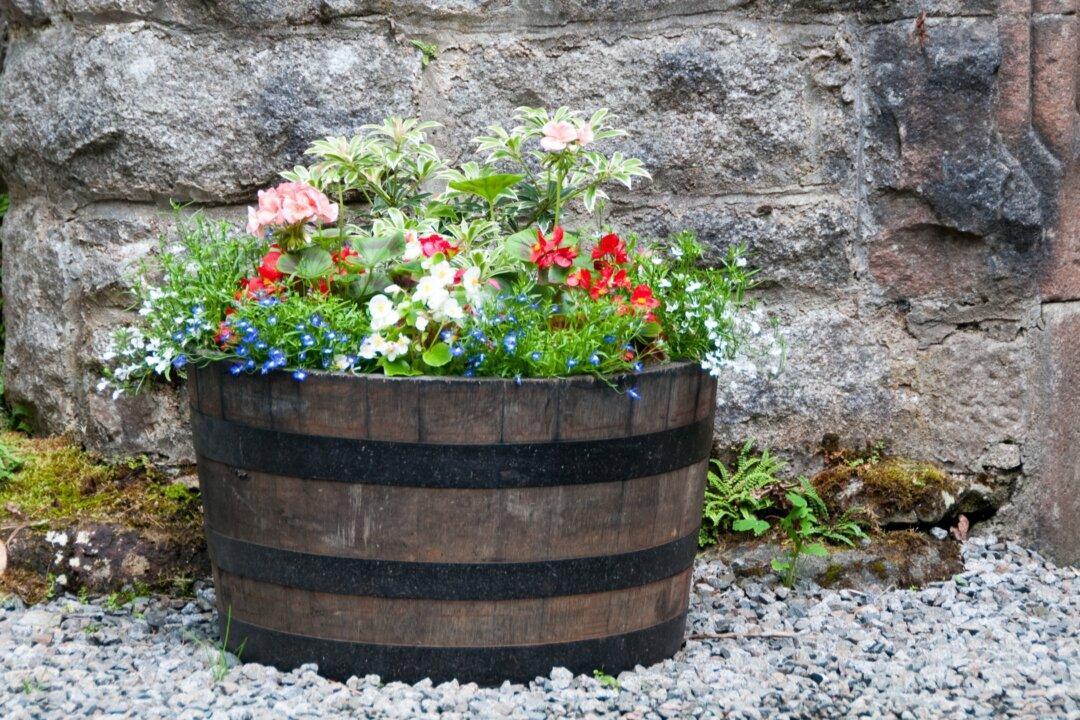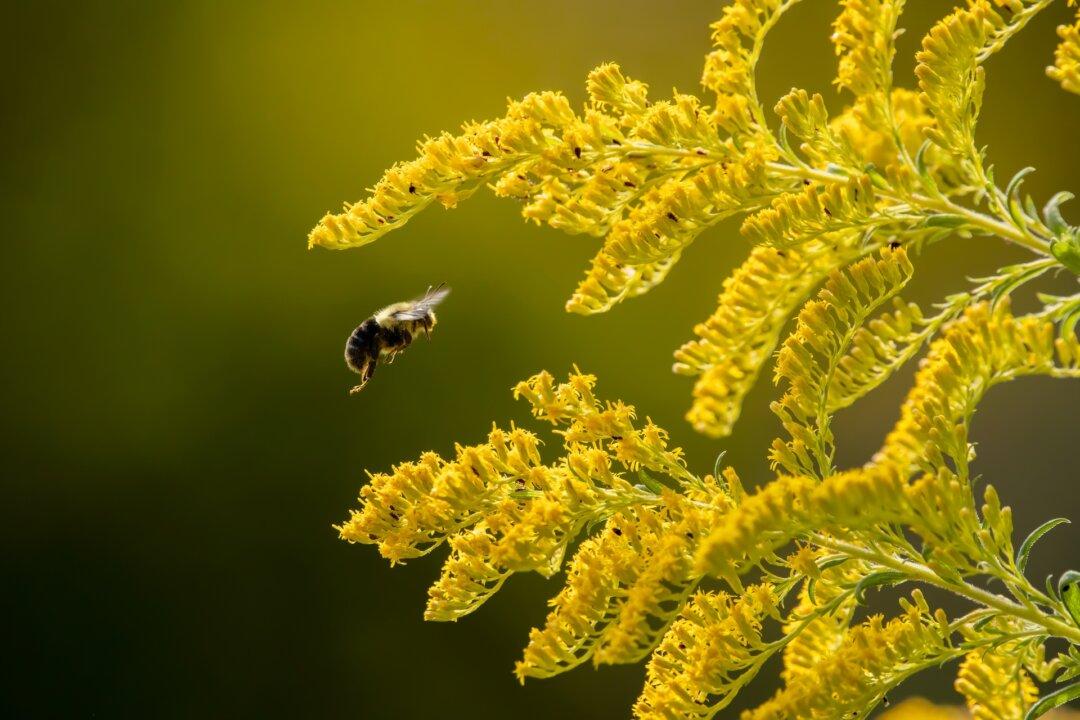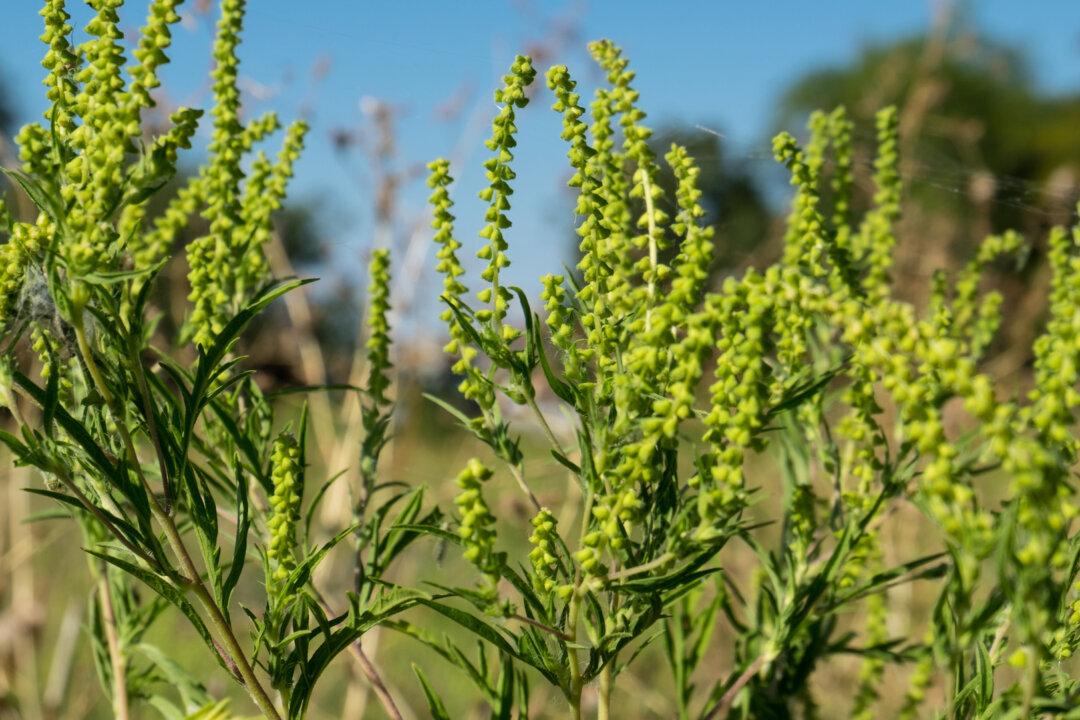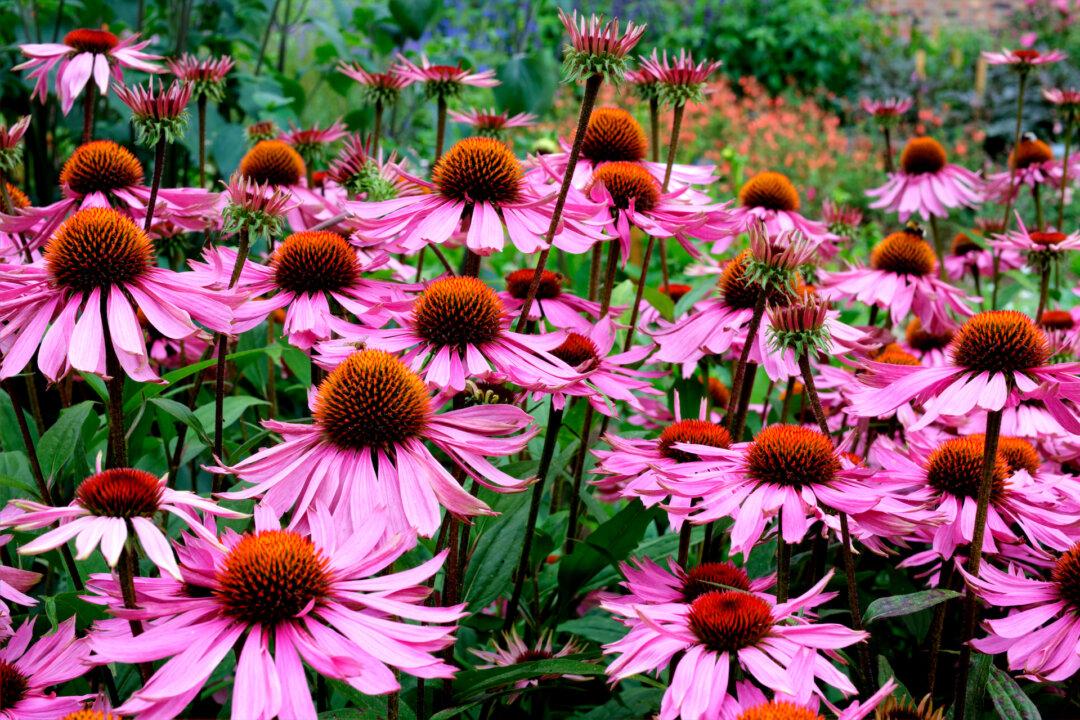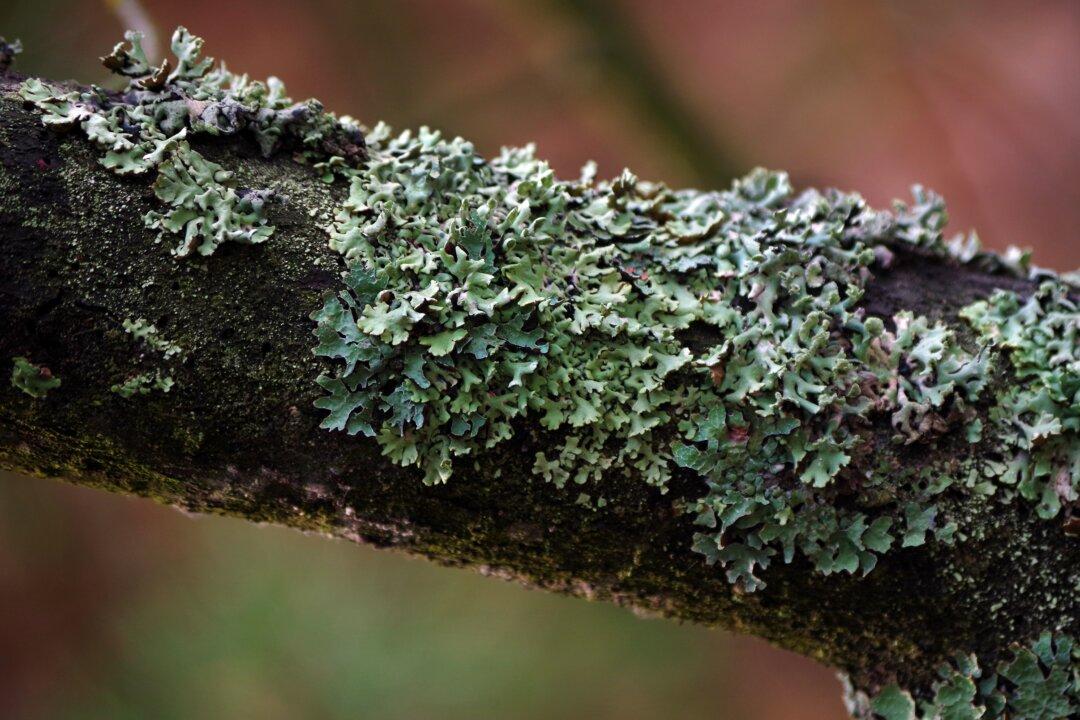Q: I bought a half-barrel to use as a planter. It does not have drainage holes. Besides the regular watering I do for the plants, we have had more rain than usual. Now, the barrel is at least half full of water. The plants are starting to drown. I don’t want to drill holes in the bottom. Can I just add some gravel to the bottom for drainage? I didn’t add gravel in the first place because it would make the barrel too heavy. I did think that the plants don’t need a whole barrel of expensive potting soil and the gravel is cheaper.
A: Many people think that adding gravel to the bottom of a pot or to the bottom of a hole in the ground when they are planting a tree will give the pot or hole good drainage. I have to ask: Where do you think the water is going to go? It will fill the space between the rocks, but it isn’t going to leave the pot.

